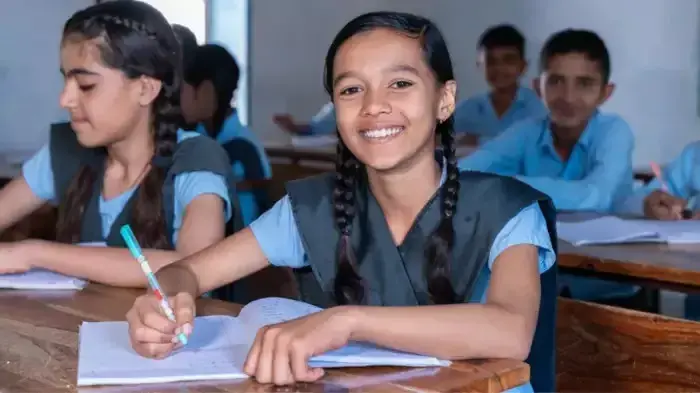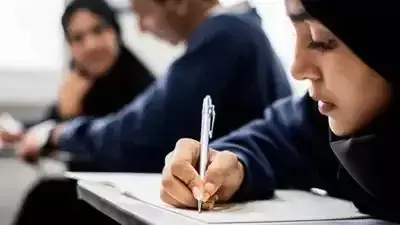Chhattisgarh Moves to Offer Primary Education in 18 Local Languages and Dialects
The Chhattisgarh government has initiated a move to provide primary education in local languages and dialects in remote tribal regions as part of the National Education Policy (NEP) 2020. This policy recommends that the mother tongue or the local language be the medium of instruction at least up to the fifth standard. Chief Minister Vishnu Deo Sai has directed the State Education Department to develop and distribute bilingual books in 18 local languages and dialects for free, focusing on providing high-quality educational resources. “The new initiative of providing education in local language will also be helpful in preserving local culture and traditions,” Sai said while addressing the state-level ‘Shala Praveshotsav’ programme at Bagiya village in the tribal-dominated Jashpur district. The Shala Praveshotsav is an annual event held at the beginning of the new academic session to motivate children to enroll in schools. This year, it was moved from the state capital Raipur to Bagiya, the CM’s hometown. The literacy rate of Chhattisgarh is 70.28%, lower than the national average of 76%. School Education Secretary Siddharth Komal Pardeshi mentioned that courses will be prepared in several languages, including Chhattisgarhi, spoken by 65.83% of Class 1 students; Sargujiha (spoken by 9.38%); Halbi (4.19%); Sadari (3.97%); Gondi-Dantewada (2.33%); and Kudukh (0.7%). An Education Department official stated that in tribal areas, primary school exams can also be taken in local languages and dialects. “But for higher classes, it will still be conducted in Hindi and English,” the official said.
Chhattisgarh Moves to Offer Primary Education in 18 Local Languages and Dialects Read More »


